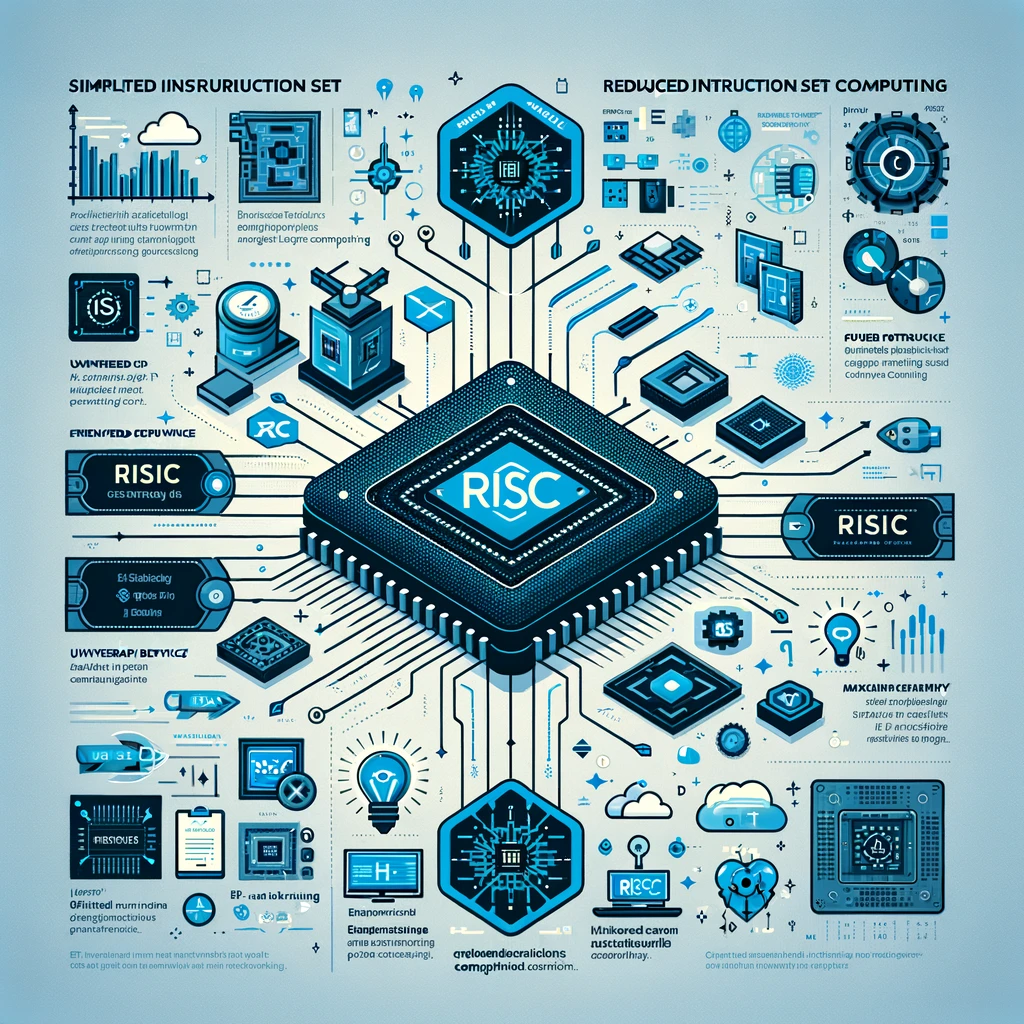RISC: Simplifying Complexity in the World of Computer Architecture

The landscape of computer architecture has undergone significant transformations over the decades, evolving from the intricacies of assembly language to the sophisticated high-level programming languages of today. Central to this evolution has been the development and refinement of the Instruction Set Architecture (ISA) , a vital link between software and hardware that defines the machine operations, data types, registers, and the memory model of a computer. The beauty of ISA lies in its ability to abstract the complexities of hardware into a manageable set of instructions for compilers to convert code efficiently. In the 1980s, a revolutionary concept emerged that would redefine the efficiency and performance of computer systems: Reduced Instruction Set Computing, or RISC . RISC architecture advocates for a simplified, more streamlined set of instructions, in stark contrast to the Complex Instruction Set Computing (CISC) that dominated the era with its extensive and intricate instruc...




